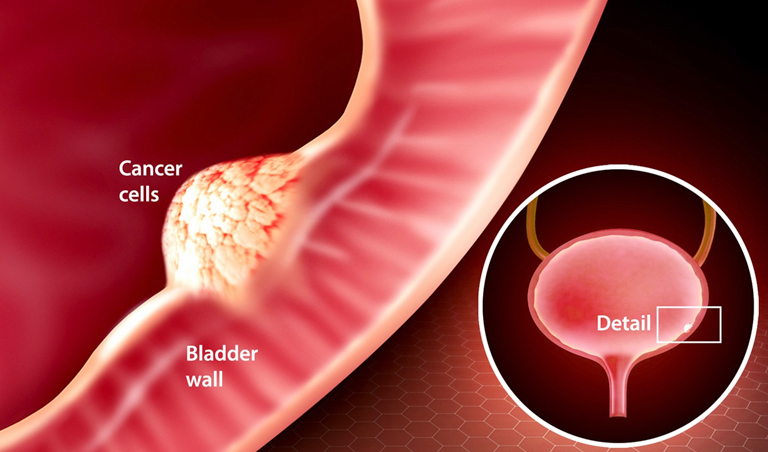Urinary Bladder Cancer
The management of urinary bladder cancer often involves a combination of diagnostic and therapeutic procedures tailored to the stage and grade of the cancer. Two primary procedures in the treatment of bladder cancer are Transurethral Resection of Bladder Tumor (TURBT) and radical cystectomy. Here’s an overview of each:
Transurethral Resection of Bladder Tumor (TURBT)
- Description: TURBT is a minimally invasive procedure used both for diagnosis and treatment of bladder cancer. It involves the removal of bladder tumors through the urethra using a resectoscope.
- Indications: Typically used for non-muscle invasive bladder cancer (NMIBC), such as stages Ta, T1, and Tis (carcinoma in situ).
- Procedure:
- The patient receives spinal or general anesthesia.
- A resectoscope is inserted through the urethra into the bladder.
- The tumor is resected (cut away) and removed through the resectoscope.
- The tissue is sent for pathological analysis to determine the grade and stage of the cancer.
- Advantages:
- Minimally invasive with no external incisions.
- Often performed on an outpatient basis.
- Effective for diagnosing and treating early-stage bladder cancer.
- Disadvantages:
- Risk of recurrence, requiring repeat procedures.
- Potential for bleeding and bladder perforation.
- Limited effectiveness for muscle-invasive or high-grade tumors.
Radical Cystectomy
- Description: Radical cystectomy is a major surgical procedure that involves the removal of the entire bladder and surrounding tissues or organs that may contain cancer cells.
- Indications: Typically recommended for muscle-invasive bladder cancer (MIBC) or high-grade NMIBC that has not responded to other treatments.
- Procedure:
- The patient is given general anesthesia.
- The entire bladder is removed along with nearby lymph nodes.
- In men, the prostate and seminal vesicles are often removed.
- In women, the uterus, ovaries, fallopian tubes, and a portion of the vaginal wall may be removed.
- Urinary diversion is created to allow urine to exit the body, such as an ileal conduit, continent cutaneous reservoir, or neobladder.
- Advantages:
- Provides the highest chance of cure for muscle-invasive bladder cancer.
- Reduces the risk of local recurrence.
- Disadvantages:
- Major surgery with a longer recovery period.
- Potential complications include infection, bleeding, bowel obstruction, and impact on sexual function.
- Requires adaptation to urinary diversion methods.
Choosing Between TURBT and Radical Cystectomy
- Cancer Stage and Grade: TURBT is suitable for early-stage, non-muscle invasive cancers, whereas radical cystectomy is indicated for muscle-invasive or high-grade cancers.
- Patient Health and Preferences: Consideration of the patient's overall health, ability to tolerate major surgery, and preferences regarding quality of life and recovery.
- Risk of Recurrence: High-risk or recurrent non-muscle invasive cancers might also lead to consideration of more aggressive treatment like radical cystectomy.
Summary
TURBT is a critical procedure for both the diagnosis and treatment of early-stage bladder cancer, providing a minimally invasive approach with a quick recovery time. Radical cystectomy, on the other hand, is a more invasive procedure that offers the best chance for curing muscle-invasive bladder cancer but comes with significant recovery and adaptation challenges. The choice between these procedures depends on the stage and grade of the cancer, patient health, and personal preferences. Consulting with a urologist and oncologist will help determine the most appropriate treatment plan based on individual patient circumstances and cancer characteristics.

